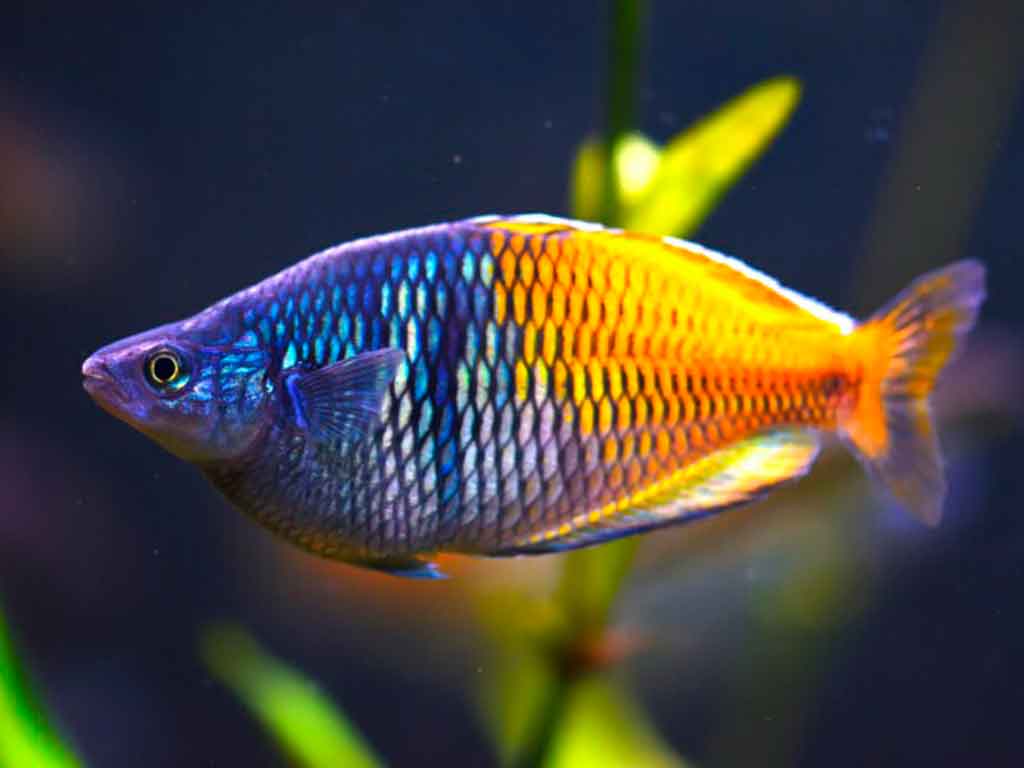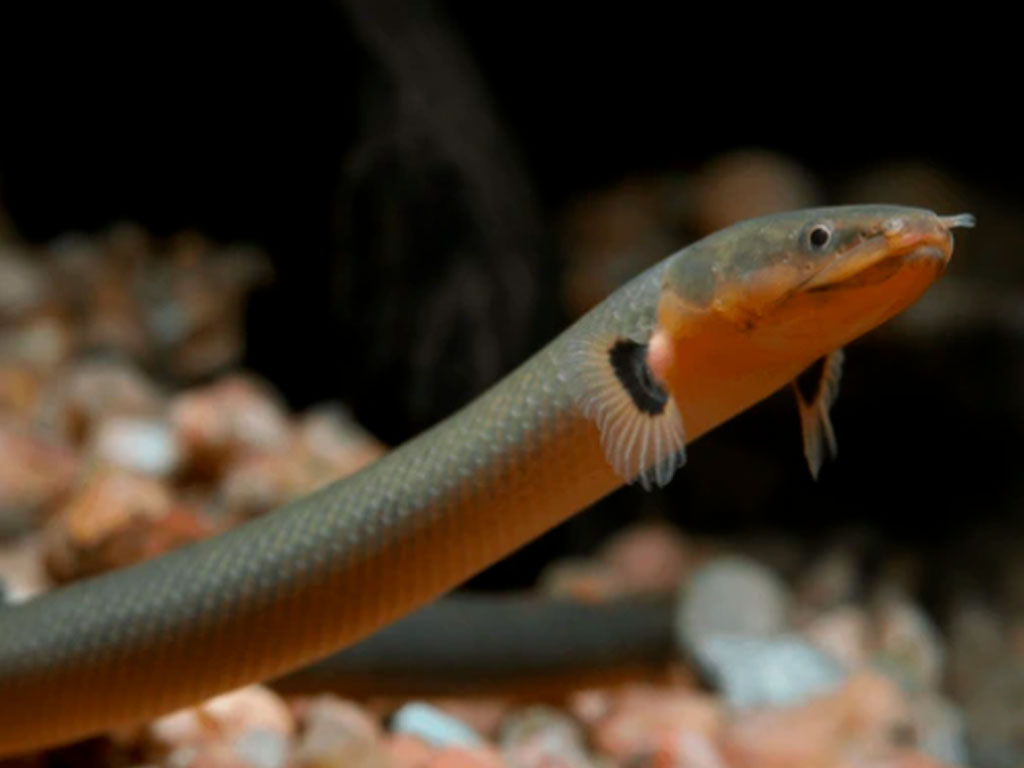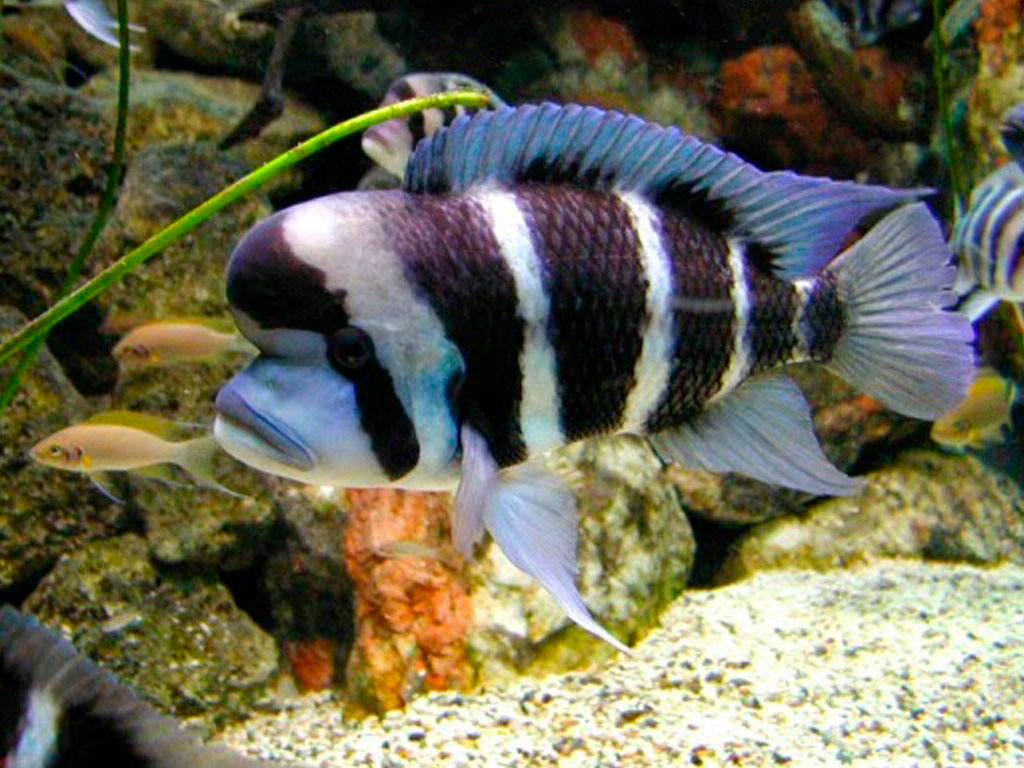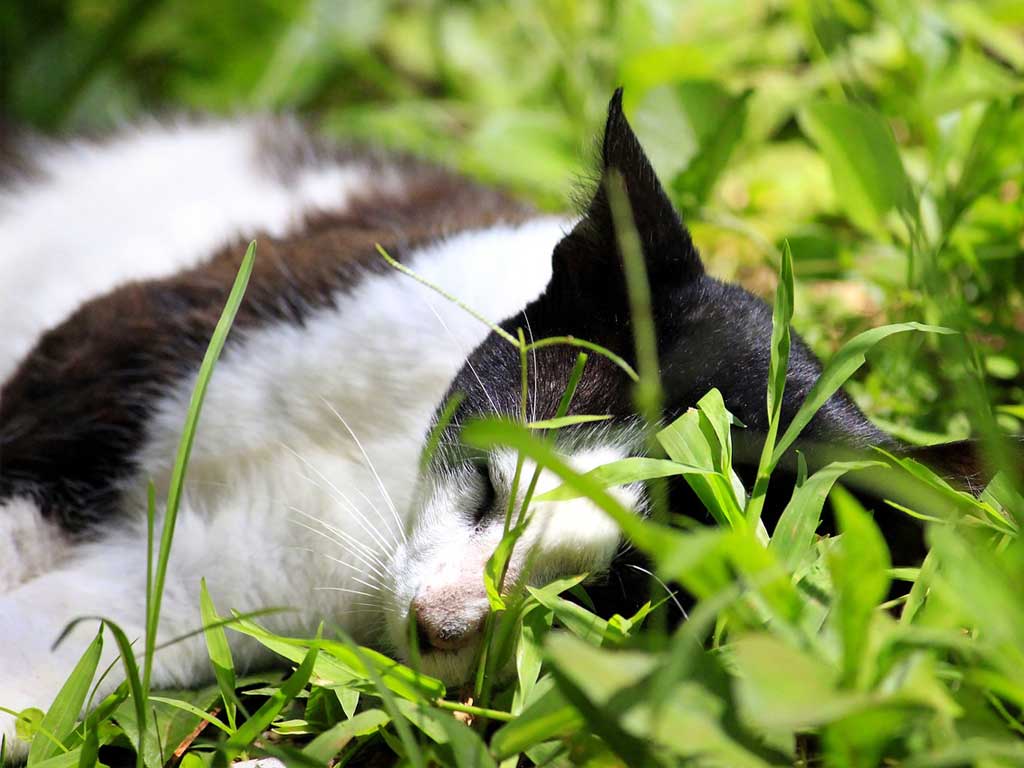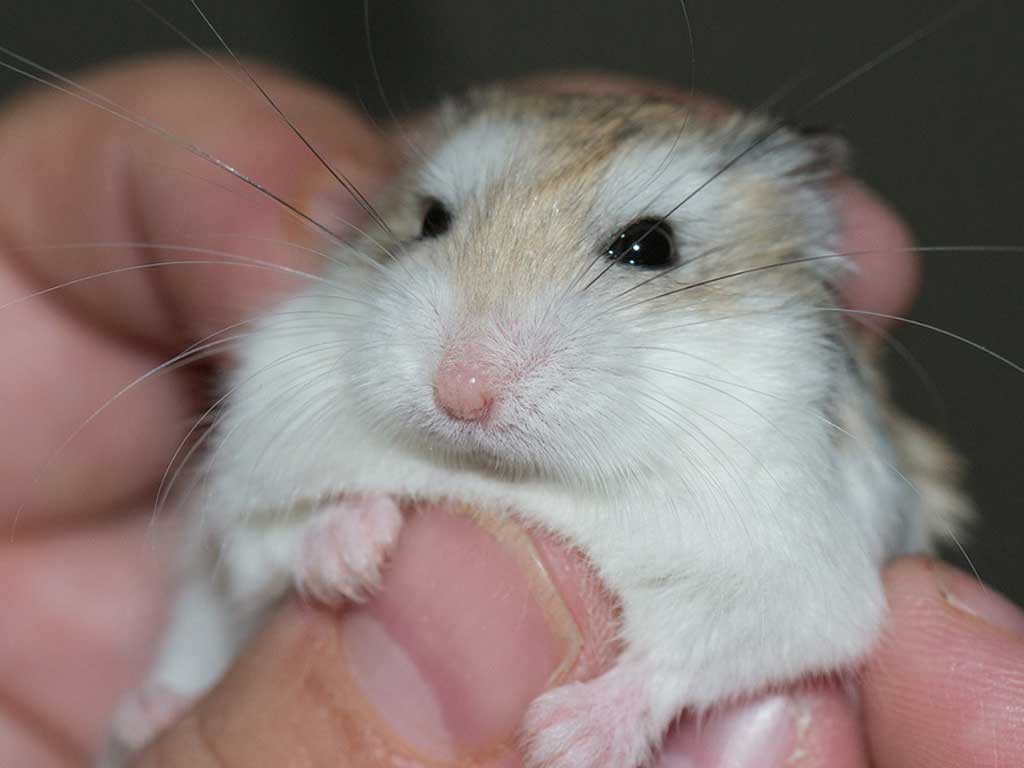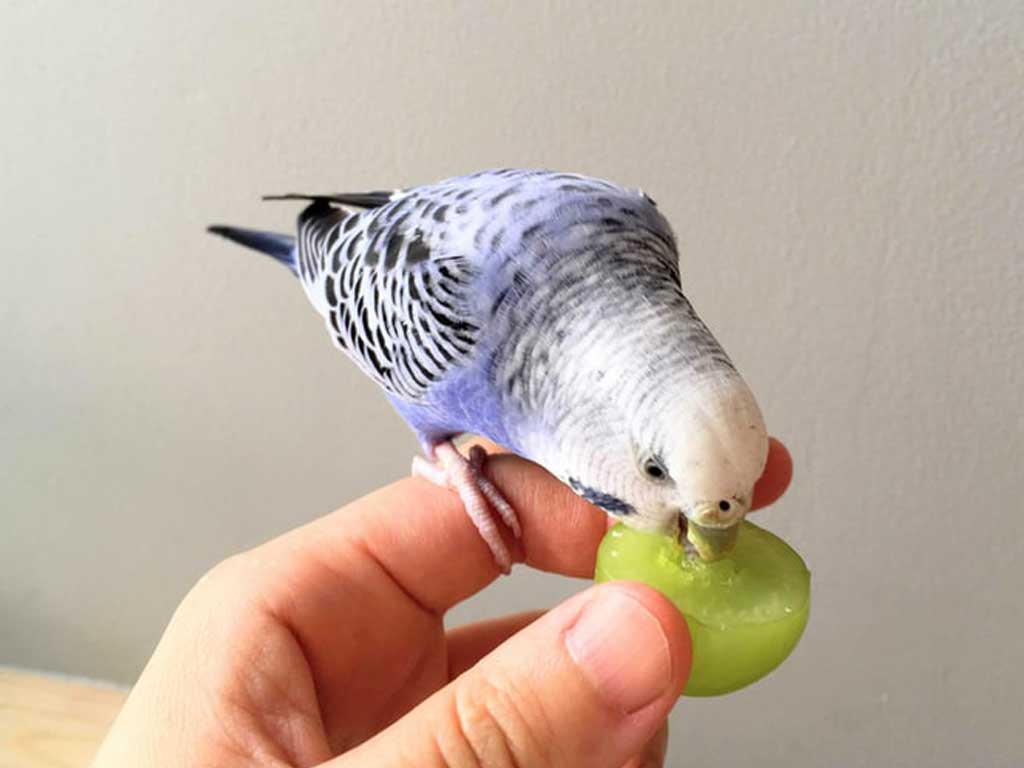You walk down the aisles of your local fish store and pass by a tank full of silvery, slender, and rather plain-looking fish. They don’t catch your eye. Weeks later, you see a photograph of a fish with a red so intense it looks like a miniature salmon, or one with a perfect gradient from electric blue to sunny yellow. You’d be surprised to learn that you are very likely looking at the same fish in two different stages of its life. Welcome to the fascinating world of Rainbowfish.
These incredible fish, native to the rivers and lakes of Australia and New Guinea, are the perfect example of the “ugly duckling” of the aquarium hobby. Purchased young, they can seem like an unexciting investment, but with patience and the right care, they transform into one of the most spectacular jewels of the freshwater aquarium. In this complete guide, we will unveil all the secrets to unlocking the potential of these aquatic athletes: from the aquarium they need to thrive to the keys to developing the coloration that makes them legendary.
The Secret to Their Color: From “Ugly Duckling” to Aquatic Swan
The main reason Rainbowfish are often overlooked is that their appearance in the store does them no justice. They usually arrive at a size of 3-4 cm (1.5 inches), in a juvenile stage where their color is predominantly dull and silvery. The real show begins when they mature and feel comfortable in an optimal environment.
The key to unlocking their incredible palette of colors is based on three pillars:
- Maturity: Most species don’t begin to show their adult coloration until they reach 7-8 cm (3 inches). Patience is essential.
- Social Environment: They are shoaling fish. A solitary male will rarely show his full potential. In the presence of females and other rival males, he will dramatically intensify his colors for courtship rituals and dominance displays.
- Aquarium Conditions: Clean water, a high-quality diet, and the correct parameters are the canvas on which they will paint their best colors.
Popular Rainbowfish Species
The genus Melanotaenia is the best known, but there are others that are just as spectacular. Here are some of the most popular you can find:
- Glossolepis incisus (Red Rainbowfish): Perhaps the most striking. Adult males develop a deep, blood-red color and a very pronounced nuchal hump, resembling a salmon.
- Melanotaenia boesemani (Boesemani Rainbowfish): An iconic classic. Males display a spectacular gradient, with the front half of the body a brilliant blue and the back half an intense yellow or orange.
- Melanotaenia praecox (Dwarf Neon Rainbowfish): A smaller option (up to 8 cm or 3 inches). Its body has an iridescent neon blue sheen, and its fins are a vibrant red or yellow.
- Melanotaenia trifasciata (Banded Rainbowfish): Known for having numerous color variants depending on its geographical location, showcasing an incredible diversity of hues.
Creating the Perfect Home: The Rainbowfish Aquarium
These fish are powerful and active swimmers. They require an aquarium that meets their need for space and their particular water requirements.
Aquarium Size: Think Big!
This is a non-negotiable point. Due to their adult size (8-15 cm or 3-6 inches) and their active shoaling nature, a small aquarium is inadequate. To keep a healthy shoal of 6-8 individuals, the tank should be at least 55 gallons (approx. 200 liters), preferably longer than it is tall to give them more swimming distance.
Water Parameters: The Australian Touch
Unlike Amazonian fish, Rainbowfish thrive in water with very specific characteristics.
| Parameter | Ideal Range | Notes |
| Temperature | 23°C – 28°C (73°F – 82°F) | Tolerant within the standard tropical range. |
| pH | 7.0 – 8.0 | Crucial. They prefer neutral to alkaline water. |
| Hardness (GH) | 8 – 20 dGH | They need moderately hard to hard water. |
| Oxygenation | High | Well-oxygenated water with some current is beneficial. |
Decor and Plants
The aquarium design should balance vegetation with ample open space for swimming in the central area. Robust plants like Java Fern, Anubias, and Vallisneria are excellent choices that also tolerate the hard water conditions these fish require.
Behavior and Compatibility: A Peaceful, Active Swimmer
They are shoaling fish that must be kept in groups of 6 or more. This gives them security and encourages their natural behaviors. Their swimming is constant and energetic.
Despite their size, they are surprisingly peaceful and have very small mouths, so they are not predators of other medium-sized fish. Their main compatibility issue is their high activity level, which can stress very calm or timid tank mates like Discus or Angelfish.
- Ideal Tank Mates: Other Rainbowfish, loaches, barbs of similar size, and other active fish that tolerate hard, alkaline water. Pseudomugils (like the P. furcatus) are excellent smaller tank mates from the same region.
- To Avoid: Very small fish that might be intimidated, and very slow-moving or long-finned fish.
Feeding: Diet for an Active Omnivore
They are omnivores and not picky. They will accept almost any quality commercial food. The key is to consider the size of their mouth: despite their large body, it’s small. Therefore, pellets or flakes should be of a size they can easily ingest. A varied diet including pellets, flakes, and supplements of live or frozen food (like brine shrimp or daphnia) will enhance their health and coloration.
Breeding Guide: The Challenge of Raising Rainbows
Breeding Rainbowfish is a fascinating project. They are egg scatterers, meaning they spread their adhesive eggs among fine-leaved plants or spawning mops.
- The Process: Males perform spectacular courtship displays, intensifying their colors to the maximum. Females lay a few eggs each day over a period of several days or weeks.
- Egg Care: The parents do not care for the eggs and will eat them if given the opportunity. To ensure survival, it’s necessary to remove the eggs to a separate breeding tank.
- The Biggest Challenge: The Fry: The eggs hatch in approximately 7-10 days. The fry are extremely small and cannot eat standard foods like baby brine shrimp upon hatching. For the first few days, it is essential to feed them infusoria until they grow large enough to accept bigger foods.
Conclusion: An Investment of Patience with a Spectacular Reward
The Rainbowfish is the definition of a hidden gem. It demands patience from the aquarist and a commitment to its specific needs: a large, spacious aquarium, and hard, alkaline water. Those who look beyond their modest juvenile appearance and provide them with the right home are rewarded with an unparalleled spectacle of color and activity. They are hardy, peaceful, and lively fish that transform a large aquarium into a constantly moving work of art.
(FAQs)
Why are my Rainbowfish not colorful?
The most common reasons are that they are still young (not yet mature), lack of a proper social group (especially females for males to display to), or incorrect water parameters (they need high pH and hardness).
What size tank do Rainbowfish really need?
Due to their adult size and very active nature, they need an aquarium of at least 55 gallons (200 liters), focusing on length to give them swimming space.
Are they compatible with Angelfish or Guppies?
Generally, no. Their high activity level stresses Angelfish. While they don’t usually eat adult guppies, the water conditions (Rainbowfish prefer hard/alkaline water) are not ideal for many guppy strains and other common fish.
What do Rainbowfish eat?
They are omnivores. A varied diet of high-quality flakes and pellets, along with live or frozen food, is ideal. The food must be small enough for their mouths.
Is it difficult to breed Rainbowfish?
Getting them to lay eggs is relatively easy. The real challenge is raising the fry, which are very small at birth and require an initial diet of infusoria, which can be tricky for beginners.

